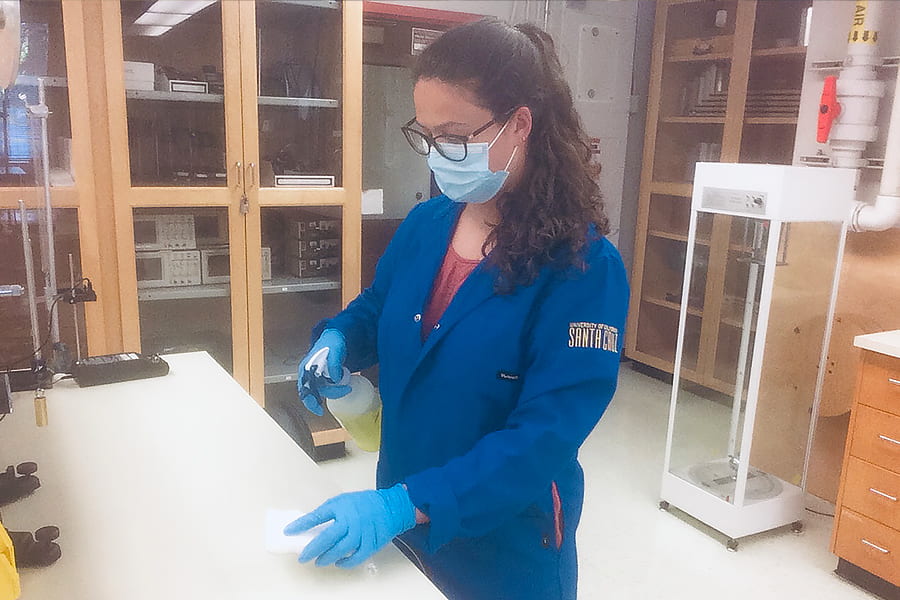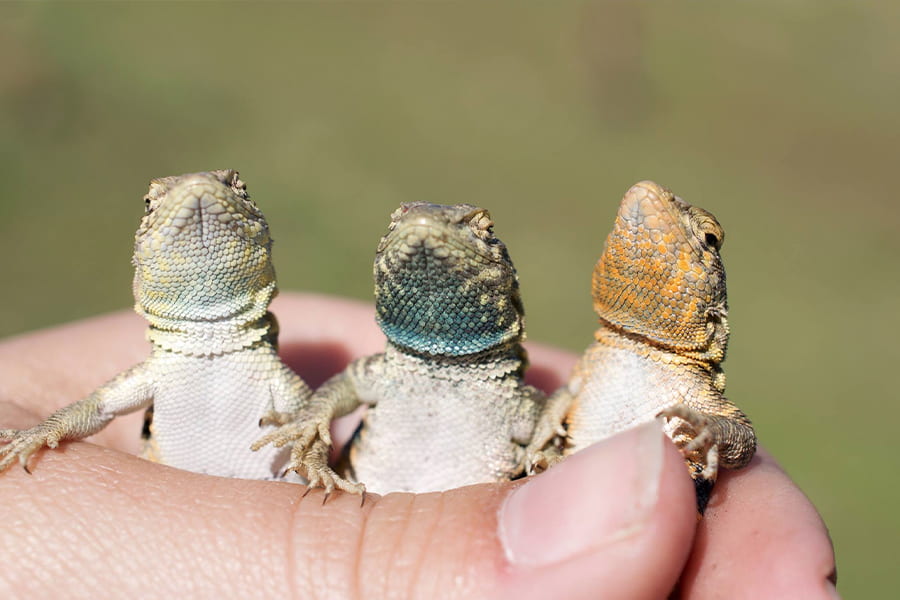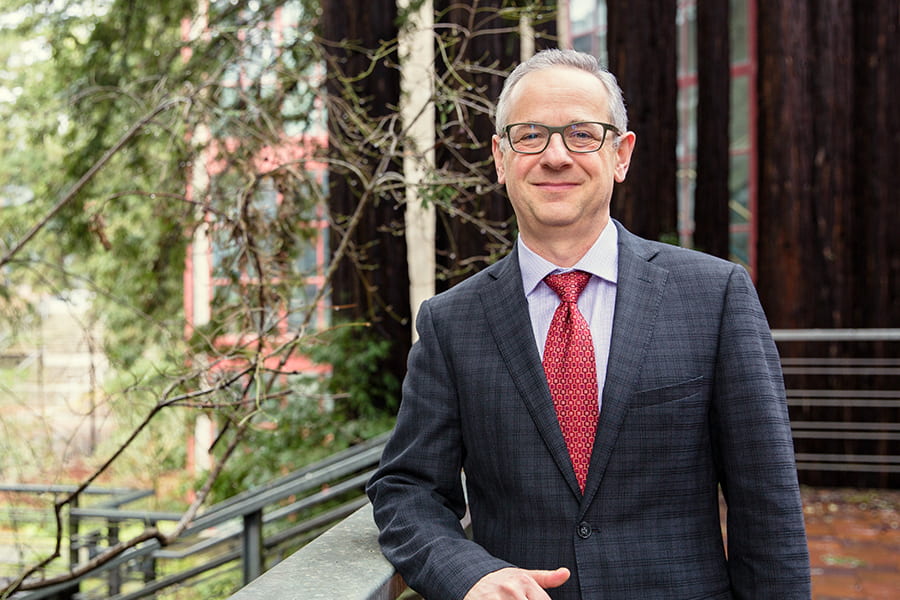One of the common experiences for science and engineering students at UC Santa Cruz is the intro physics lab course. In a typical quarter, around 800 students take these courses to explore topics ranging from mechanical waves to electric circuits. The lab rooms hum with the sounds of physics for 15 hours per day as students work in pairs assembling experiments, taking data, and discussing their analysis.
Of course this quarter has been anything but normal. During the campus transition to remote instruction for the Spring 2020 quarter, my Department of Physics colleagues and I found ourselves with less than 2 weeks to develop a temporary remote solution for the physics lab courses. We felt it was essential to preserve the features of laboratory science as much as possible: “Can I predict what will happen to this system?” and “What happens if I push this big red button?”
We currently have 34 sections of introductory physics labs across 4 separate courses, and I’m happy to say that all of these sections have shifted to safe remote instruction while maintaining a highly interactive student experience.
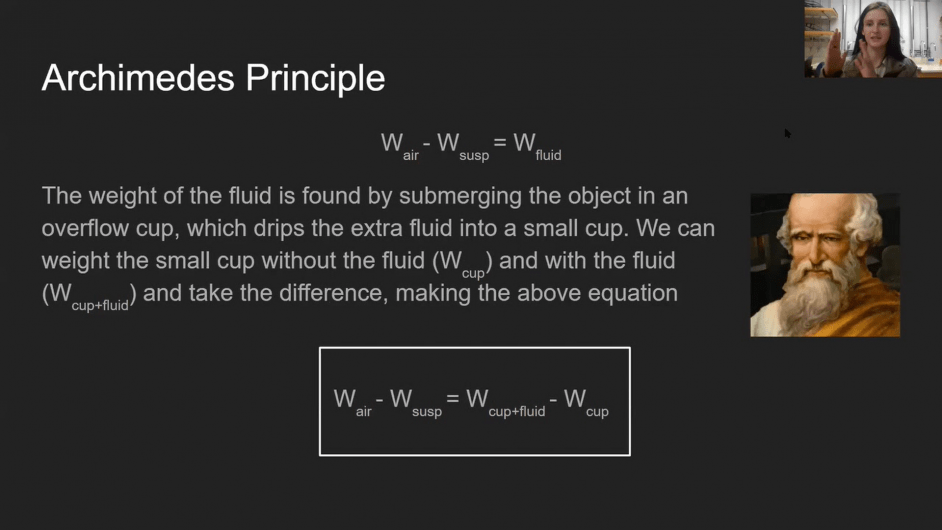

Graduate student Samantha Shears contributed these screenshots from her Physics 5M laboratory section. In her remote instruction for the Fluids lab, which is conducted alone to satisfy social distancing protocols, she conducted pressure measurements in the Venturi tube (filled with yellow liquid) and used the Bernoulli effect to levitate a ball. (photo by Samantha Shears)
Our teaching strategy is to engage students in real-time mini-lectures and data-taking sessions, guided by the Teaching Assistants in the lab. The TAs livestream their experimental approach, conduct the experiment, and share the data with the class. Then the class breaks into small online groups of 2 or 3 for data analysis and discussion. Even though the students are not hands-on with their lab equipment, they have a responsive lab partner in their TA to engage them in hypothesis development and testing. Practicing these skills is a leading indicator of student retention in science majors, and studies show that these experiences help students identify more strongly as scientists.
The keys for success this quarter have been the established lab infrastructure and an increased use of instructional technology.
Laboratory supervisor and Professor Emeritus George Brown and laboratory manager Sophia Sholtz maintain a well-organized lab space so that each member of the course staff has dedicated equipment in a private lab room, allowing us to safely maintain social distancing. Assistant Professor Jairo Velasco led a crash program to evaluate and procure the audio-visual equipment needed to share the lab experiments over Zoom. We also worked with a small group of experienced TAs to develop a lesson plan and production criteria for the lab sessions. One idea that did not pan out: head-mounted cameras, which were too shaky and not effective at zooming in on fine details. Thankfully, Bruce Horn and colleagues at the ITS support center helped us find the right cameras and tripods for our specific needs.
Our Zoom meetings include real-time hypothesis polling and breakout rooms for discussion and analysis. We also have experimented with streaming pre-recorded video in some sections, interspersed with data-taking replays and slides with physics derivations.
Beyond Zoom, we have worked with Leslie Kern in the Faculty Instructional Technology Center to expand our use of Canvas, a learning management system that allows for announcements, file sharing, and interactive chat. The physical lab notebooks have been replaced by scanned PDFs that are uploaded at the end of the session, and we may never go back to lugging around stacks of paper notebooks again!
Feedback & reflection
At the midpoint of Spring quarter, the students are mostly satisfied with the labs, despite the disappointment of not being able to participate in person. Our midterm feedback survey included some useful suggestions for improvements, but also many positive comments like the following:
Some of the big challenges students face this quarter are connecting to the internet, viewing lab setups on small screens, and balancing classes with other responsibilities. They also miss being able to set their own pace to work on an experiment or test out new ideas. And instructors miss being able to give their favorite response to any question: “Try it!”
We are in contact with other physics laboratory instructors, including UC Santa Cruz alumni as far away as Alaska, to compare notes about how to conduct effective lab courses remotely during the time of the pandemic. Even though we are proud of what we’ve been able to do in a short time, we are definitely looking forward to the day when the lab rooms will be open again to students learning concepts through hands-on exploration and experimentation.
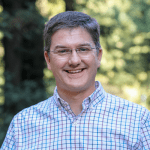
Jason Nielsen is a Professor of Physics and the Associate Director of the Santa Cruz Institute for Particle Physics at the University of California, Santa Cruz. As a physicist, Jason leads large high-energy experiments at collider laboratories like CERN to measure Higgs boson properties and create new particle detectors. Visit Jason’s website

